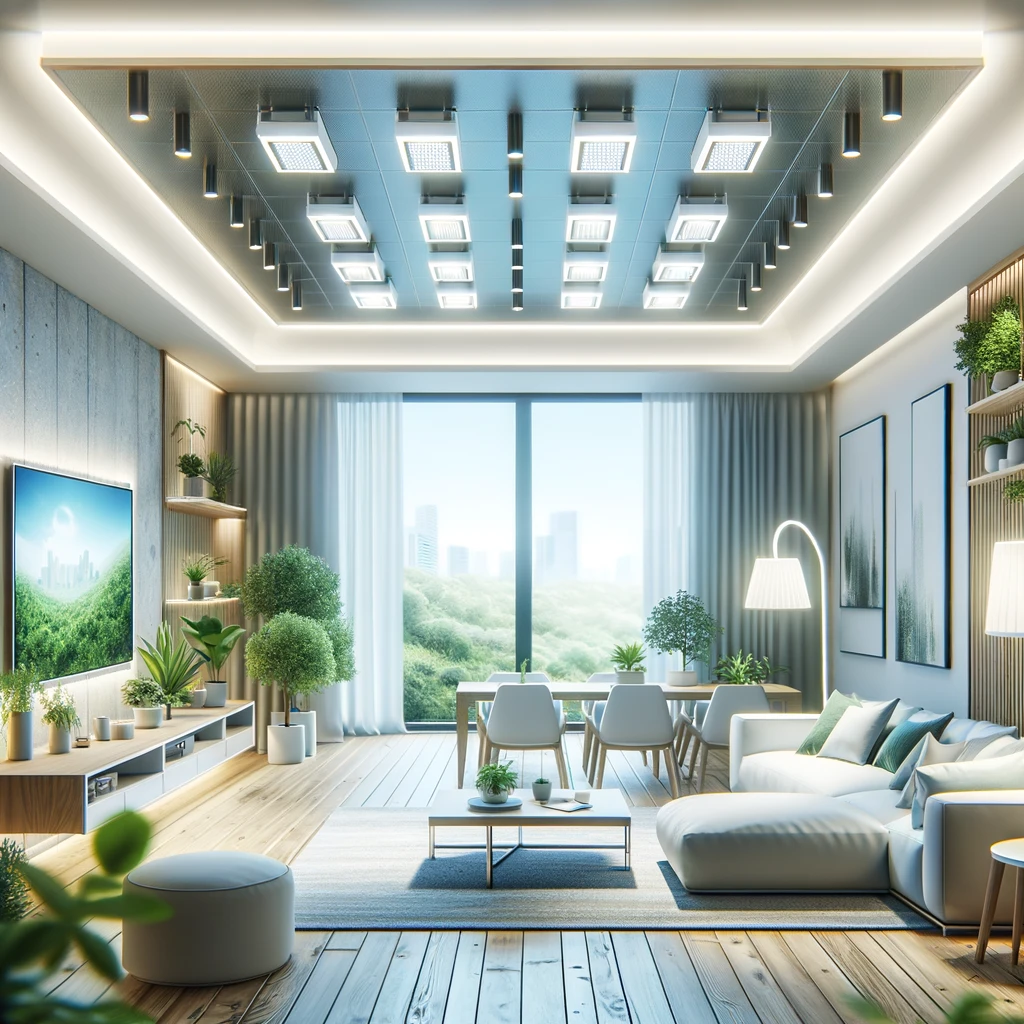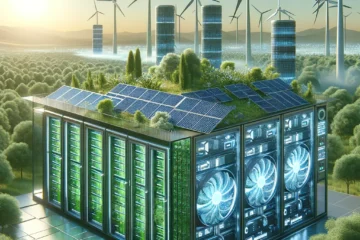The quest for more sustainable and energy-efficient technologies has led to significant innovations in lighting solutions. As the world grapples with the challenges of climate change and the urgent need for renewable energy sources, the evolution of lighting technology stands as a testament to human ingenuity and our commitment to sustainability. This article delves into the journey of energy-efficient lighting, exploring its impact on renewable energy, green technology, sustainability, and technological advancements.
Energy-Efficient Lighting: A Beacon of Green Technology
The story of energy-efficient lighting begins with the humble incandescent bulb and extends to the cutting-edge LED and OLED technologies we see today. Initially, the focus was on extending the lifespan of lighting solutions while reducing energy consumption. Over time, this focus shifted towards integrating lighting solutions with renewable energy sources, making them more sustainable and cost-effective.
Advancements in green technology have been pivotal in this transition. Innovations such as light-emitting diodes (LEDs) and organic LEDs (OLEDs) have revolutionized the industry, offering longer lifespans, lower energy consumption, and minimal environmental impact compared to traditional lighting systems. These technologies not only reduce the carbon footprint but also align with global sustainability goals.
Illuminating the Path to Sustainability
Sustainability in lighting goes beyond energy efficiency. It encompasses the entire lifecycle of the product, from manufacturing and usage to disposal. Modern energy-efficient lighting solutions are designed with recyclability in mind, using materials that are easier to reclaim and repurpose.
Moreover, the integration of smart technologies allows for more precise control over lighting systems, further reducing energy waste. Smart lighting systems can adjust brightness based on natural light availability or occupancy, significantly cutting down energy usage and contributing to a more sustainable environment.
The Role of Renewable Energy in Lighting Solutions
Renewable energy sources, such as solar and wind power, are increasingly being used to power lighting solutions, especially in remote and off-grid areas. This synergy between renewable energy and energy-efficient lighting exemplifies the potential for a sustainable future, where our energy needs are met without compromising the health of our planet.
The development of solar-powered LED streetlights is a prime example of this partnership. These streetlights are not only more energy-efficient but also self-sustaining, reducing dependency on fossil fuels and lowering operational costs.
Technological Advancements: Shaping the Future of Lighting
The future of energy-efficient lighting is bright, with ongoing research and development pushing the boundaries of what’s possible. Innovations such as quantum dots and nanotechnology are set to further enhance the efficiency and performance of lighting solutions. These advancements promise even lower energy consumption, higher brightness, and more versatile color rendering capabilities.
Furthermore, the integration of Internet of Things (IoT) technology with lighting systems opens up new avenues for energy conservation and management. IoT-enabled lighting can be seamlessly integrated into smart city initiatives, optimizing energy use and improving public safety through adaptive lighting.
Challenges and Opportunities Ahead
Despite the progress made, the journey towards fully sustainable lighting solutions faces challenges. Issues such as the initial cost of adoption, the need for infrastructure updates, and public awareness remain hurdles. However, these challenges also present opportunities for innovation, policy development, and community engagement.
As technology continues to evolve and the world becomes more aware of the importance of sustainability, energy-efficient lighting will play a crucial role in our transition to a greener future. It’s a journey that requires the collaboration of scientists, policymakers, businesses, and consumers alike, but one that promises significant rewards for our planet and future generations.
Conclusion
The evolution of energy-efficient lighting solutions represents a key chapter in the broader narrative of sustainable technology. As we move forward, the continued integration of renewable energy, advances in green technology, and a commitment to sustainability will ensure that lighting not only illuminates our spaces but also leads the way to a brighter, more sustainable future. This journey is not just about saving energy; it’s about reimagining our relationship with technology and the environment, forging a path that respects the delicate balance of our world.




